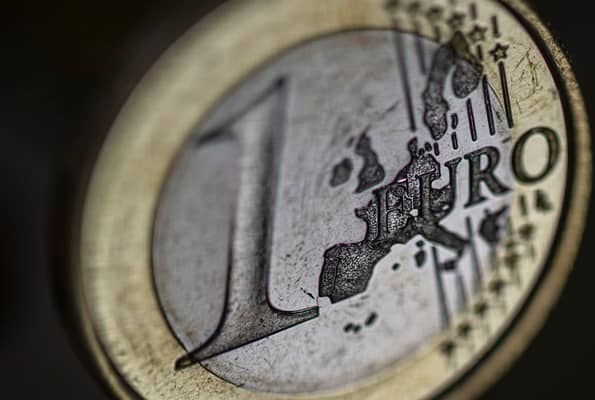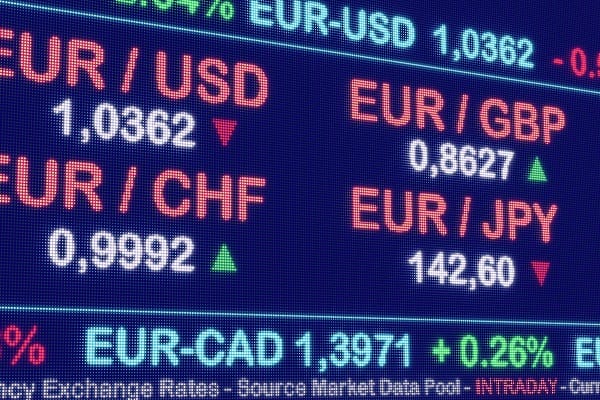


The EUR/USD exchange rate has been a focal point for traders and economists alike, reflecting a complex interplay of economic indicators, political events, and market sentiment. Historical trends reveal that the exchange rate briefly dropped below 1.00 in 2022, a significant event that highlighted the euro's vulnerability during times of economic uncertainty. The euro was introduced as a digital currency in 1999, followed by the launch of euro paper money in 2002, marking a pivotal moment in European financial history [3ef4c4a2].
The impact of the 2008 financial crisis was profound, leading to significant fluctuations in the EUR/USD rate. Predictions during the European debt crisis anticipated a weaker euro, which indeed materialized as economic instability plagued the region. Current forecasts, such as those from UBS, suggest that the EUR/USD exchange rate will stabilize around 1.12 in 2024, indicating a cautious optimism among analysts [3ef4c4a2].
Economic indicators like GDP growth and inflation continue to play crucial roles in shaping the exchange rate. For instance, recent data has shown a slowdown in inflation within the Eurozone, with projections indicating a drop in the Consumer Price Index (CPI) to 2.2% for July, down from 2.6% in June. This decline is expected to influence the European Central Bank's (ECB) monetary policy decisions, particularly regarding interest rates [24a7a2f3].
Political events, such as Brexit and ongoing conflicts in Eastern Europe, have also been significant factors affecting currency stability. These events create uncertainty that can lead to rapid fluctuations in the EUR/USD pair, as traders react to news and adjust their positions accordingly [3ef4c4a2].
Market sentiment and speculative trading further complicate the landscape. The recent Ifo Business Climate Index in Germany showed a decline, indicating worsening sentiment among business owners, which could influence future economic performance and, by extension, the EUR/USD exchange rate [5c877bee].
As we look to the future, adapting forecasting models to account for these variables is crucial for accuracy. Analysts emphasize the importance of understanding historical trends and their implications for current market conditions, as they provide valuable insights into potential future movements of the EUR/USD exchange rate [3ef4c4a2].